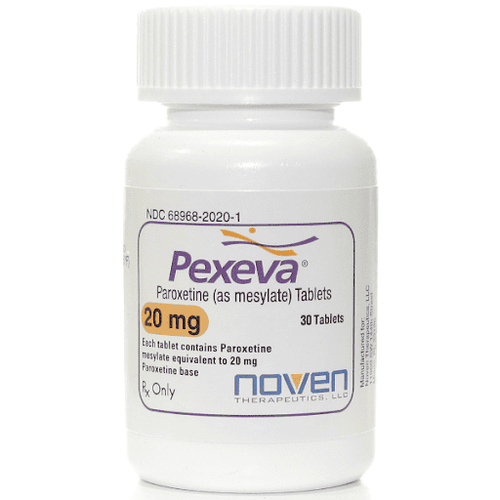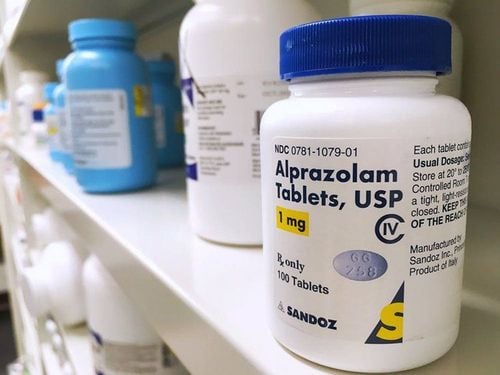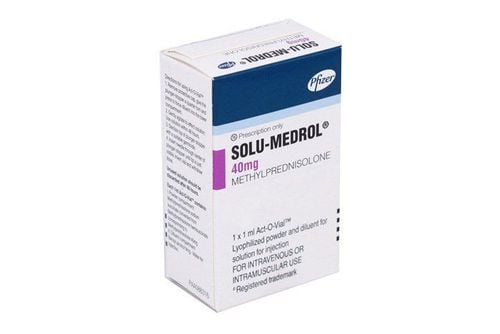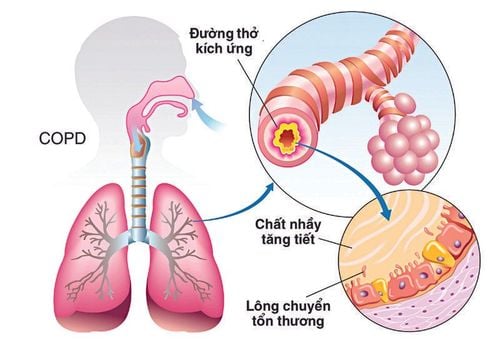This is an automatically translated article.
Biofeedback therapy is a safe, non-invasive and drug-free way to control body functions. Because of these advantages, biofeedback is used in many diseases.1. What is biofeedback overview?
1.1 What is involuntary control? Before learning about biofeedback, you need to know what controllable behavior and involuntary control behavior are.Suppose you want to go to the front, turn on a television with a remote or simply wave hello to someone, all of these behaviors can be controlled by thought (the nervous system).
However, other functions such as heart rate, blood pressure, body temperature... will not be able to be regulated by the nervous system – this is considered uncontrolled behavior or involuntary control. For example, you can't make your heart rate faster just by thinking, you can only do it when you're nervous, exercising, or excited...
This poses a control problem. these involuntary behaviors and biofeedback are a relatively comprehensive solution up to this point.
2. What is biofeedback therapy?
Biofeedback therapy is a type of alternative and complementary medicine technique that aims to control the body's function by using the mind. In other words, biofeedback is a method of behavior adjustment with observational coordination technique, through which patients can perform new behaviors.When the body's learning process is immediately repeated with a feedback mechanism, behavioral perfection will increase many times faster. The biofeedback process will require the patient to connect to an electrical sensor and from there, collect information (feedback) related to the body (biology). Sensors will help the body learn to make subtle changes, such as muscle relaxation.
3. How does biofeedback work?
The essence of biofeedback therapy is to provide self-control of the body with the goal of improving health or physical performance. When you start giving feedback, you can use a finger sensor or an electrode on your skin. These tools will send signals to the monitor and display images representing breathing rate, sweat volume, muscle activity, body temperature...If the patient is stressed, these parameters also will change to be compatible with the patient's actual condition such as tight muscles, increased heart rate and blood pressure, strong breathing ... Then, therapists will support the patient with some exercises relax to control these parameters.

Các chuyên gia trị liệu sẽ hỗ trợ bệnh nhân một số bài tập thư giãn nhằm kiểm soát những thông số sức khỏe khi bệnh nhân căng thẳng
4. Biofeedback classification
Currently, therapists have applied many different biofeedback methods based on the patient's health problem and treatment goal, including:Breathing rate: a sensor belt will tied around the patient's abdomen and chest to monitor their respiratory rate. Heart rate: usually using a finger or earlobe sensor, combined with infrared venous pressure (PPG). The sensor can be placed on the chest, on the wrist in combination with the lower body and supports from the electrocardiogram (ECG) to measure the heart rate, which is very applicable to patients with asthma, chronic obstructive pulmonary disease or abnormal heart rhythms. . Neurofeedback: using a sensor on the head to measure brain waves with the help of EEG EEG, can be applied to patients with attention deficit hyperactivity disorder, epilepsy, seizure disorders sweat ... Activity of the sweat glands : sensors will be attached around the fingers, wrists or palms to assess the activity of the sweat glands as well as the amount of sweat on the skin, which can be used to warn patient anxiety. Body temperature: sensor in finger or foot with the goal of measuring blood flow to the skin, widely applied in headaches, Raynaud's syndrome ... Muscle contraction: the sensor will now be placed in muscles, bones and Using additional electromyogram (EMG) to monitor electrical activity causing muscle contraction, is widely used when patients have headaches, anxiety disorders, back pain, involuntary muscle contractions after trauma...
5. The advantages – risks of biofeedback therapy

Nếu bệnh nhân không đáp ứng tốt với thuốc thì có thể lựa chọn liệu pháp phản hồi sinh học
Completely non-invasive, so the risk factor after implementation is very low. Biofeedback can reduce or eliminate the need for medication-related treatment, so if a patient is not responding well to medication or can't afford it, this is a safer option. Patients can take control of their own health. 5.2 Possible risks of biofeedback Overall, this is a fairly safe therapy and is appropriate for most subjects. However, you need to consult with your doctor first if you want to do it to determine if you are in the target group of this therapy.
To date, the majority of successful biofeedbacks have either aided in symptom control or limited a patient's medication intake. This is also a solution in the future to treat many diseases and is less expensive in helping the body relax.
Please dial HOTLINE for more information or register for an appointment HERE. Download MyVinmec app to make appointments faster and to manage your bookings easily.













